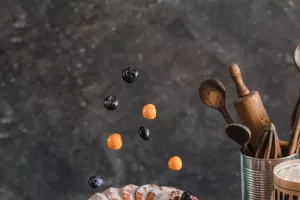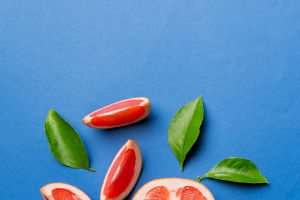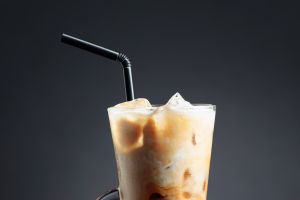Cheese is a fermented milk product. Its properties are similar to common yogurt, and both contain lactic acid bacteria that can provide health care. However, the concentration of cheese is higher than that of yogurt, similar to solid food, and its nutritional value is also richer.
Each kilogram of cheese products is concentrated from 10 kilograms of milk, which is rich in nutrients such as protein, calcium, fat, phosphorus and vitamins, and is a pure natural food. In terms of craftsmanship, cheese is fermented milk; in terms of nutrition, cheese is condensed milk.
Cheese can be made into cheese cakes, cheese sticks, cheese bread, purple potato cheese crystal mousse, cheese crisp bars and other delicacies. The way to make cheese sticks is to cut the gelatin slices into small pieces and soak them in cold water for about 1 to 2 minutes. Heat yogurt (or pure milk), cheese slices, and caster sugar in a pot over low heat, stirring until melted. Add the softened gelatin sheets, stir until melted, and sieve. Pour into molds, refrigerate for 4 hours, and unmold.
Cheesecake is also very popular. To make it, the main ingredients are 110g of cream cheese, 609g of milk, 50g of yogurt, 35g of low-gluten flour, 35g of white sugar, 2 eggs, 3g of cornstarch, and 3 drops of white vinegar.
First, mix and stir 110g of cheese, 60g of milk, 60g of sugar, and 15g of sugar, put it on hot water, melt the cheese and sugar through the water, and stir evenly. Second, take it out, sift in the low flour and cornstarch while it is still hot, stir into a very sticky batter, add the egg yolks and continue to stir. At this point, the batter has cooled, add yogurt and continue to stir. Third, sieve after stirring evenly, so as not to have gnocchi affecting the taste. Put the completely fine batter in the refrigerator for 2O minutes. When refrigerated, we will make the egg white paste, drop 3 drops of white vinegar into the egg white, stir the egg whites with an egg beater, and when there is a large and thick foam, add one-third of the remaining 20 grams of sugar and continue to stir. Add one third to make finer foam, and add another third when the surface of the egg whites is textured. When the texture is clear, it is almost the same. Fourth, take out the refrigerated batter, add one-third of the egg white batter to the egg yolk batter and mix well. Pour the mixed batter into the remaining meringue bowl and continue to mix well. Fifth, use oiled paper to cut out a pad of the same size as the bottom of the mold, and put it in the mold. If it is not sticky to the mold, there is no need to apply butter on the inner wall. Pour the mixed batter into a 6-inch mold, shake the mold a few times on the table with your hands, and shake out the air bubbles inside. If there are still bubbles on the surface, you can use a toothpick to break the bubbles. Then put the mold into a baking pan, add only cold water to the baking pan, put it in a preheated oven, and bake at 110 degrees for 70 minutes.


